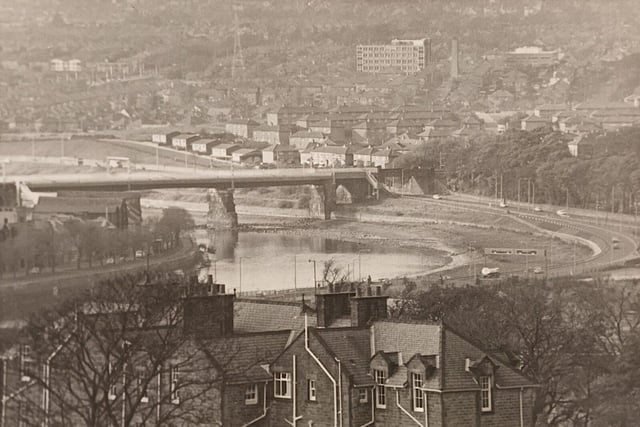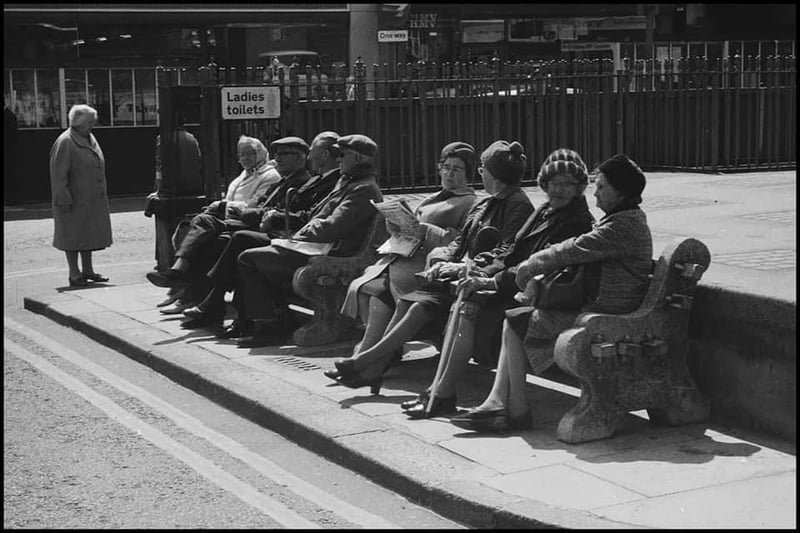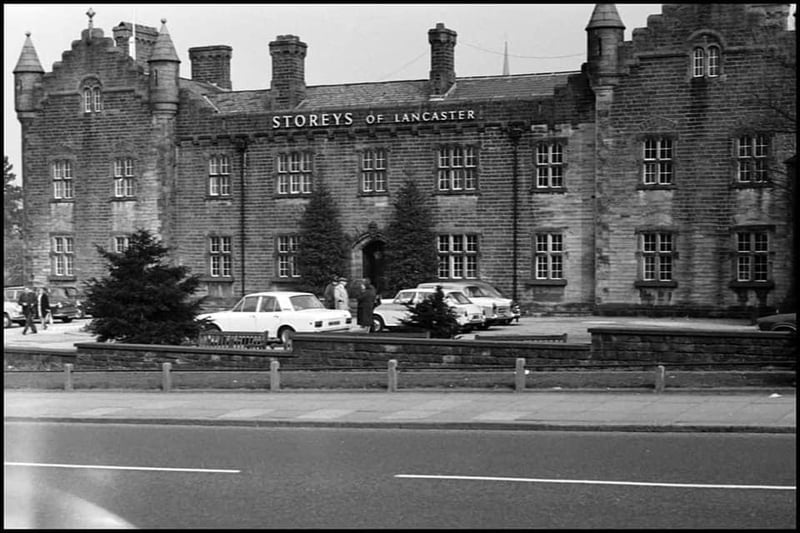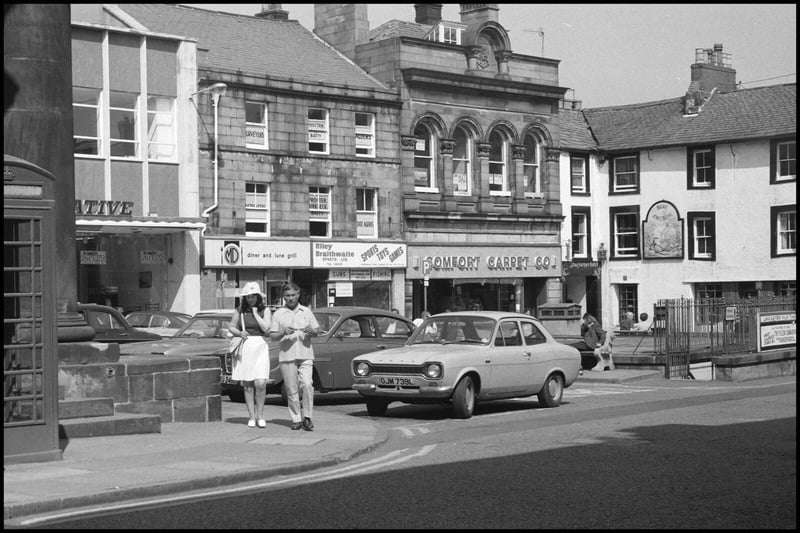The city council replaced Lancaster Municipal Borough, Morecambe and Heysham Municipal Borough, Carnforth Urban District, Lancaster Rural District and Lunesdale Rural District Councils.
Only months before the new authority launched on April 1, 1974, some councillors – mainly from Morecambe – were still fighting to break away from the structure.
But what was the Lancaster and Morecambe area like in 1974 and what else was going on locally in that momentous year?
Lancaster city centre certainly started to look very different as pedestrianisation continued apace. Paving stones were ripped up in Cheapside and work began in Market Street too. Local stone from demolished houses was used to produce flower and shrub containers to make the new areas look attractive.
Amid all the ongoing work, there were concerns over the whereabouts of the horseshoe which had disappeared but worries were allayed when the council assured residents it was in safe keeping and would return to Horseshoe Corner soon.
The city was still adjusting to the recently built Greyhound Bridge and the new one-way system described by the mayor as a ‘shambles’. He called for both Greyhound and Skerton Bridges to be open to two-way traffic.
1974 was also the era of the three-day week and power restrictions during Edward Heath’s government. Lancaster shopkeepers were confused about when they were allowed to use electricity. One week electricity could be on every afternoon for 2.5 hours and the next, just in the morning for three hours.
As the government’s restrictions began to bite, about 2,000 local workers were laid off.
During all the chaos, Heath called a General Election and although his Conservative government lost, their representative in Lancaster, Dame Elaine Kellett-Bowman, retained her seat.
The population of her constituency continued to grow in the Seventies, not least due to the increasing student numbers attending Lancaster University which launched a major drive to ensure all its new intake would be properly housed.
In 1974, the full-time student population was estimated at 3,700 with about 2,000 needing accommodation in the Lancaster and Morecambe area. Another 600 students were expected in October.
Among the student population were some brave enough to participate in the new craze for streaking!
One cheeky chap was seen streaking up Cheapside clad only in socks and shoes for a £15 bet, and an all male cast interrupted a performance of Dial M For Murder at The Dukes by streaking through the auditorium.
So 1974 did have its lighter side and one particular cause for Morecambe to celebrate this year was when the Shrimps played at Wembley and lifted the FA Trophy.
Nationally, 1974 was the year when Lord Lucan and Labour MP John Stonehouse both went missing. Stonehouse was later found in Australia though Lucan’s disappearance remains a mystery.
And if you were in the market for buying a house in 1974, the average price was £9,942 and a gallon of petrol cost drivers 35p. The average weekly wage for a man in a manual job was £38.10 and £19.70 for women. The 1970 Equal Pay Act didn’t come into force until 1975.
Internationally, 1974’s biggest story was the resignation of US President Richard Nixon following the Watergate scandal.
Meanwhile, on the entertainment scene, Mud’s Tiger Feet was the UK’s biggest selling single of 1974, The Exorcist and Blazing Saddles were screened at the cinema, and Kojak and The Six Million Dollar Man were among the most popular television programmes.
Most of the pictures in this article were taken by Alister Firth, who sadly passed away recently.

1. Looking back
Carlisle Bridge can be seen in this 1974 photo. If you know the photographer, please contact Lancaster City Museum. Photo: Unknown/Courtesy of Lancaster City Museum

2. Looking back
Lancaster folk enjoying a rest in Market Square before pedestrianisation which continued in 1974. Picture: Alister Firth Photo: Alister Firth

3. Looking back
Storeys was still a major employer in 1974. Picture: Alister Firth Photo: Alister Firth

4. Looking back
Market Square in the early Seventies before pedestrianisation. Picture: Alister Firth Photo: Alister Firth